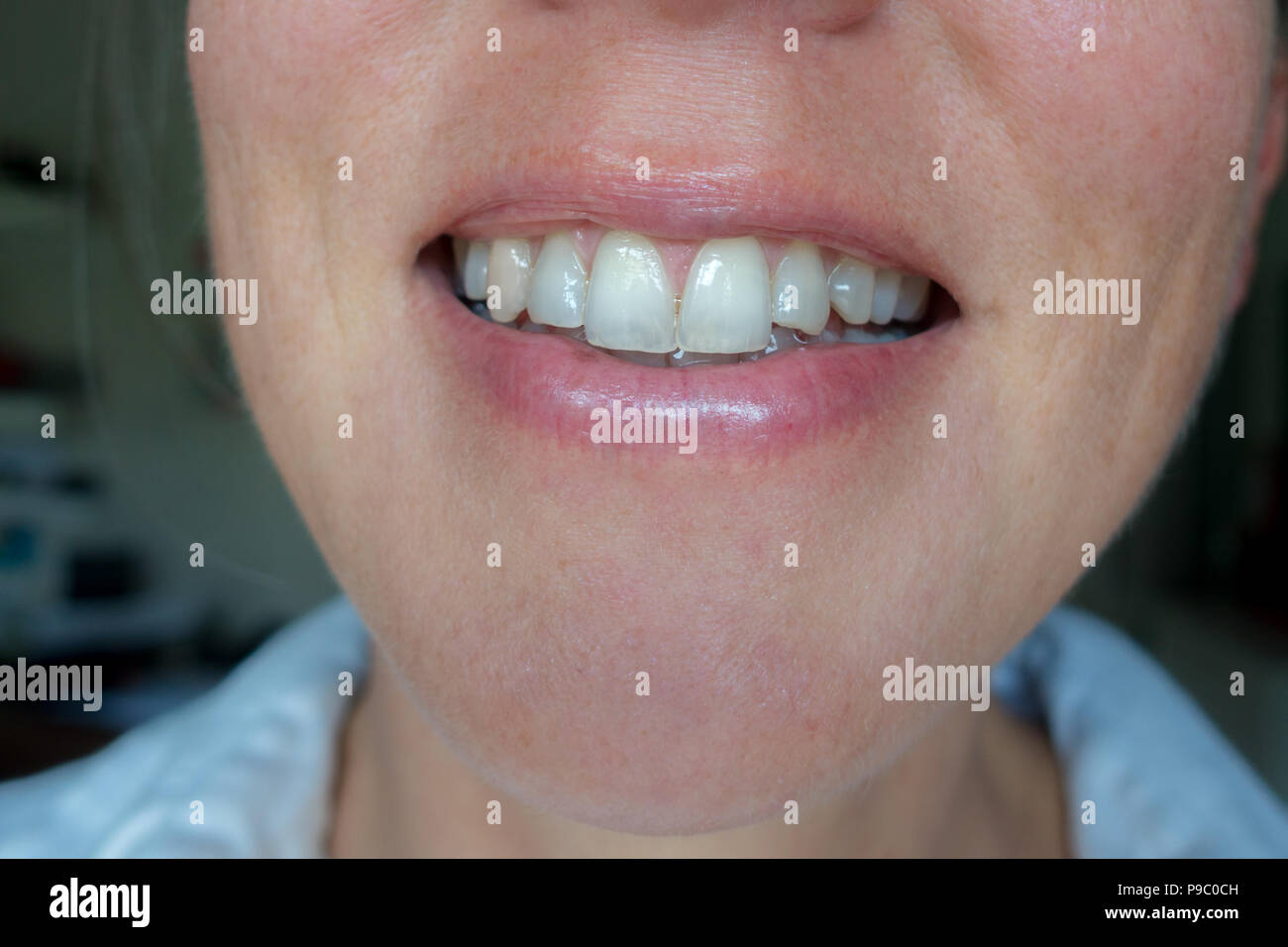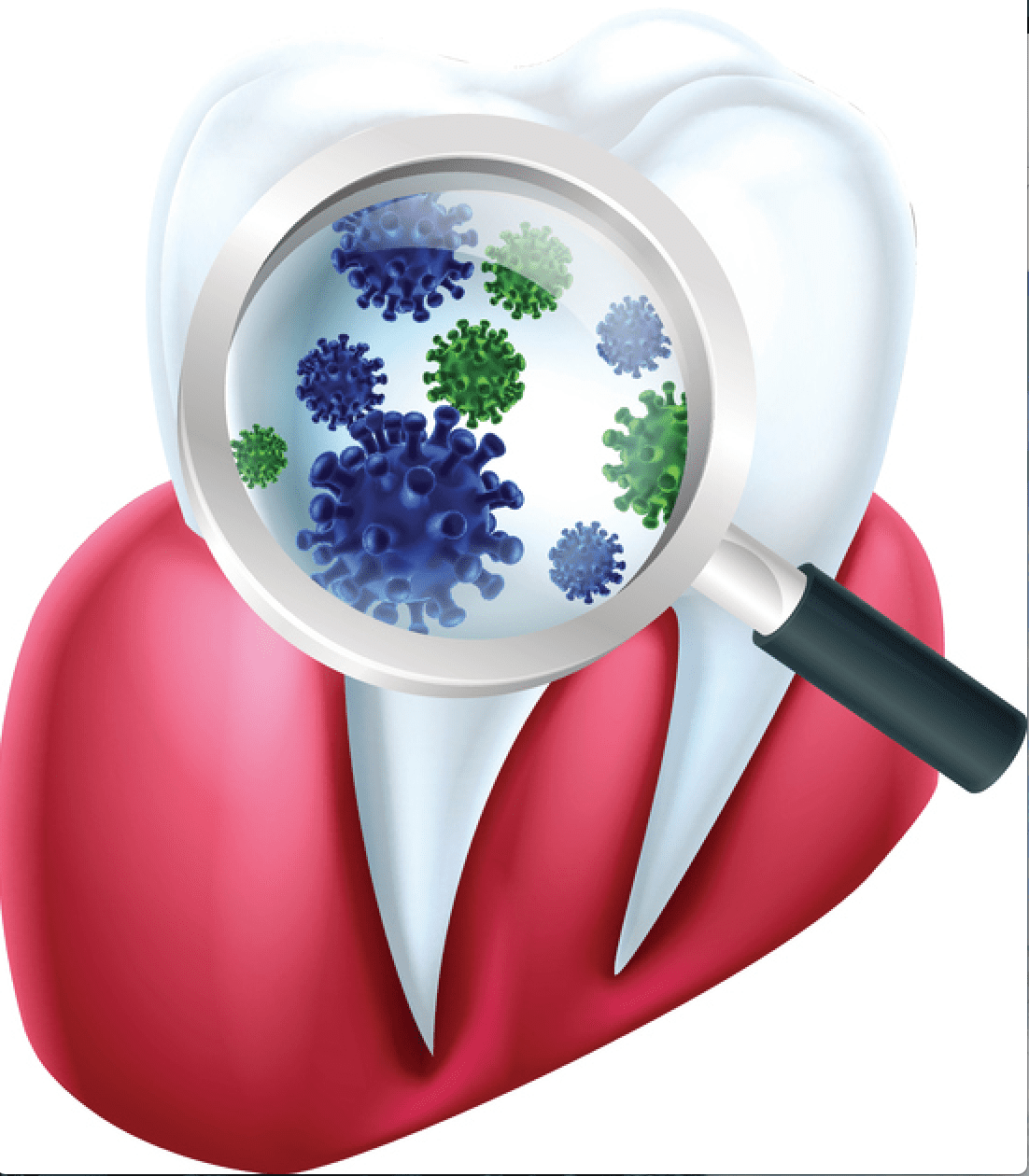

They will appear on both sides of the mouth. The issues often concern the molars and incisors. patches or speckles of brown, yellow, or whitish discoloration.maternal illness or malnutrition during pregnancyĭental symptoms are often the first noticeable indications of celiac disease.viral and bacterial infections, such as measles or chicken pox.insufficient intake of nutrients, especially calcium.In this case, it is called amelogenesis imperfecta.Ĭommon causes and risk factors for enamel hypoplasia include: The contours of teeth may contain chalky, white or yellowish-brown patches.Įnamel hypoplasia can be acquired, but it is sometimes present from birth. This condition is caused by a disruption in development which causes enamel to be hard but thin. Other medications associated with brown spots on the teeth include: Some medications cause tooth discoloration, particularly the antibiotic tetracycline and its relatives. Otherwise, the metal in fillings can transfer its color into the tooth over time. developmental conditions that interfere with proper bone and tooth formationĭental fillings, crowns, and bridges all eventually wear down and lose their color.hereditary conditions, such as dentinogenesis imperfecta.how much wear and tear the enamel is exposed to.how the enamel responds to pigments and acids.GeneticsĮveryone’s natural tooth color is different, and some may be darker than others.

This natural process can lead to yellowish-brown spots or large patches or discoloration. AgingĪs people age, the white enamel that protects the teeth slowly degrades, exposing the layers of yellow dentin underneath. Decay often leads to exposure of the root or nerve, so these teeth are often sensitive cold or hot foods and beverages. Many people develop dark spots of decay around the edges of dental fillings or crowns when bacteria has entered through crevices.ĭental cavities are often fairly uncomfortable and can be painful when large. This will be darkly colored.Įven tiny breaks and cracks in the teeth can allow bacteria to enter and lead to decay. If the decay is severe enough, the acids can bore a hole, or cavity, through the tooth. The teeth may then appear yellowish-brown. The thick, filmy nature of plaque and tartar lead to these acids adhering to the teeth for long periods of time.Īs the acids weaken the enamel, the yellowish layers of tooth below become more apparent. They then produce acids, which weaken enamel. Plaque and tartar bacteria eat the sugars that pass through the mouth. medicines that reduce the amount of saliva in the mouth, such as nerve blockers or management medications for AIDS.

hormonal changes, such as those that occur during puberty, pregnancy, and menopause.
Menopause teeth translucent professional#
Once tartar has formed, only a dental professional can remove it.Īside from poor oral hygiene, the following factors increase the risk of developing tartar: Poor oral hygiene causes plaque to harden into a more permanent coating referred to as tartar or calculus. We keep levels of plaque under control by brushing and flossing. The thousands of bacteria in the mouth continuously mix with saliva and food particles to form a sticky, translucent film called plaque. Stains resulting from smoking, chewing, or dipping tend to become darker and harder to remove over time. The particles build up with repeated use and can stain the teeth. These contain particles that can stick to microscopic pores in the tooth enamel. Over time, these stains may become permanent, especially if a person has poor dental hygiene.įoods and drinks containing artificial colors and dyes can also cause significant staining of the teeth. Like the tannic acid in red wine, these chemicals can stain tooth enamel. Many dark-colored foods and drinks contain chemicals called chromogens. Share on Pinterest The tannic acid in red wine may cause a person to develop brown spots on their teeth.


 0 kommentar(er)
0 kommentar(er)
